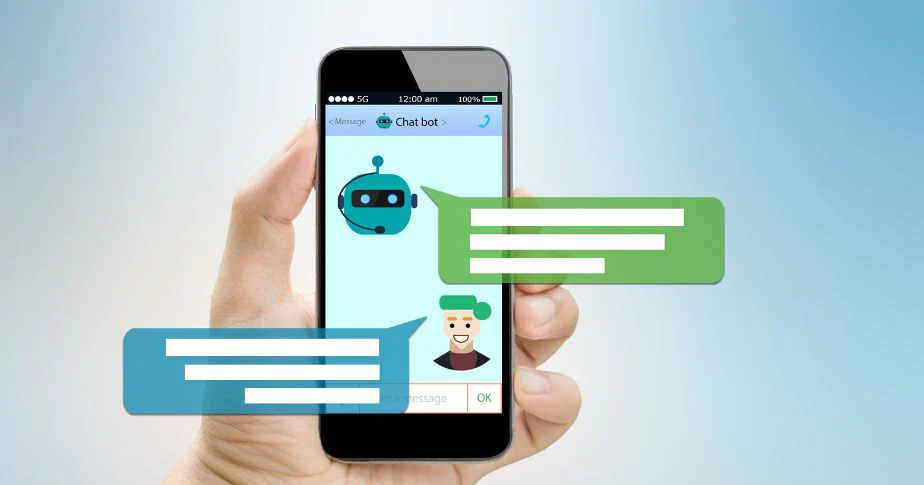From the early days of ELIZA in the 1960s to the revolution that was the launch of ChatGPT in November 2022, chatbots have undergone a significant evolution. ChatGPT , developed by OpenAI and based on the GPT architecture, has set a milestone in chatbot technology, enabling more human conversations and advanced capabilities. This article explores the improvements and setbacks in chatbot technology since ChatGPT and its application in eCommerce, especially in the context of Shopify Plus .

ChatGPT's impact on chatbot development has been profound. The ability to generate human-like responses and real-time contextual relevance have overcome the limitations of previous models, which relied primarily on pre-programmed responses. ChatGPT has motivated other players in the artificial intelligence industry to develop their own language models and chatbots, democratizing access to advanced natural language processing (NLP) capabilities.
A notable trend has been the emergence of open-source language models, such as those offered by Mistral AI and Meta AI. These models have lowered the barriers to entry for organizations looking to build powerful chatbots. For example, Meta AI's Llama models have been integrated into social media platforms to improve user interaction through chatbots and searches. These advancements have led to increased adoption of chatbots in various industries, including eCommerce.
Anthropic's Claude model and Google Gemini are examples of how competitors are advancing chatbot development, focusing on security considerations and conversational quality. In addition, the trend towards multimodality is allowing chatbots to evolve beyond text-based interactions, integrating capabilities such as the generation of animations and search results in real time.
In the eCommerce space, especially on platforms like Shopify Plus, chatbots are transforming the way businesses interact with their customers. Shopify Plus, known for its ability to handle large volumes of transactions and advanced customization, benefits greatly from the integration of chatbots powered by LLMs (large language models).

Amazon Q, Microsoft Copilot, and Stack Overflow StackPlusOne are notable examples of products that have successfully integrated LLMs to improve performance and efficiency. Amazon Q, a generative AI assistant designed to streamline business operations, has been integrated into Amazon Web Services (AWS) systems to support a variety of business functions. Microsoft Copilot, based on Microsoft's Prometheus model, uses OpenAI's GPT-4 to handle complex tasks, from text generation to solving coding problems. Stack Overflow StackPlusOne, integrated with Slack, uses Stack Overflow's vast repository of community knowledge to provide instant solutions to technical challenges.
Despite these advances, the implementation of chatbots presents significant challenges. One of the main technical challenges is the ability of chatbots to understand context and maintain a consistent conversation flow. Chatbots still struggle to fully understand the subtleties of human dialogue, which can lead to communication disruptions and out-of-context responses.
In addition, data privacy and security are critical concerns. Chatbots handle sensitive personal information, making them targets for data breaches and cyberattacks. Ensuring data security involves implementing robust encryption methods, secure data storage solutions, and complying with data protection regulations such as GDPR.
In terms of user experience, the challenge lies in balancing human interaction with efficiency. Users appreciate a conversational tone that mimics human interaction, but this needs to be balanced with the speed of responses. In addition, the uncanny valley phenomenon, where an AI that looks almost human evokes feelings of discomfort, should be avoided by fine-tuning the chatbot's responses to be natural but distinctly artificial.
The adoption and integration of chatbots into traditional business practices also presents challenges. Organizations may resist changing their existing workflows and systems. Integration with existing IT infrastructure requires careful planning and collaboration between IT teams and chatbot developers. Additionally, scalability and performance maintenance are crucial as the chatbot's user base grows.
To overcome these challenges and achieve effective chatbot integration, it is essential to define clear goals and scopes, prioritize user experience design, ensure robust integration with existing systems, implement ongoing testing and training, and address privacy and security from the start.
Chatbot technology has advanced significantly from the early days of ELIZA to today's sophisticated large language models. Integrating chatbots into eCommerce platforms like Shopify Plus is transforming business operations and improving customer engagement. Despite the technical, user experience, and adoption challenges, the right best practices and strategies can ensure a successful and valuable implementation for businesses.